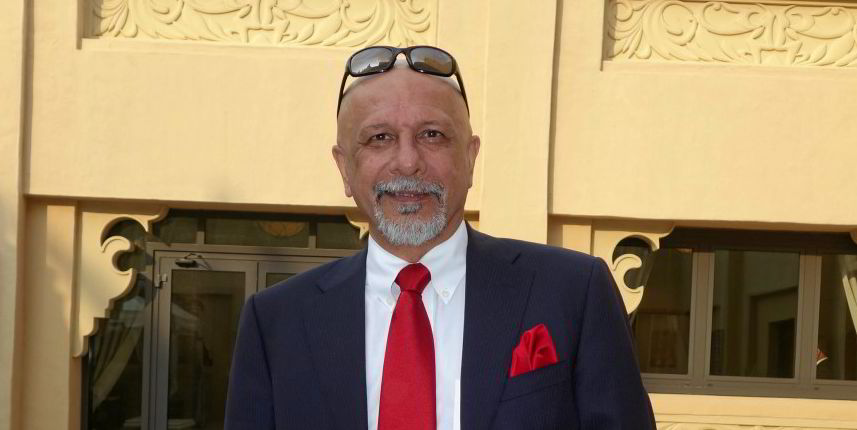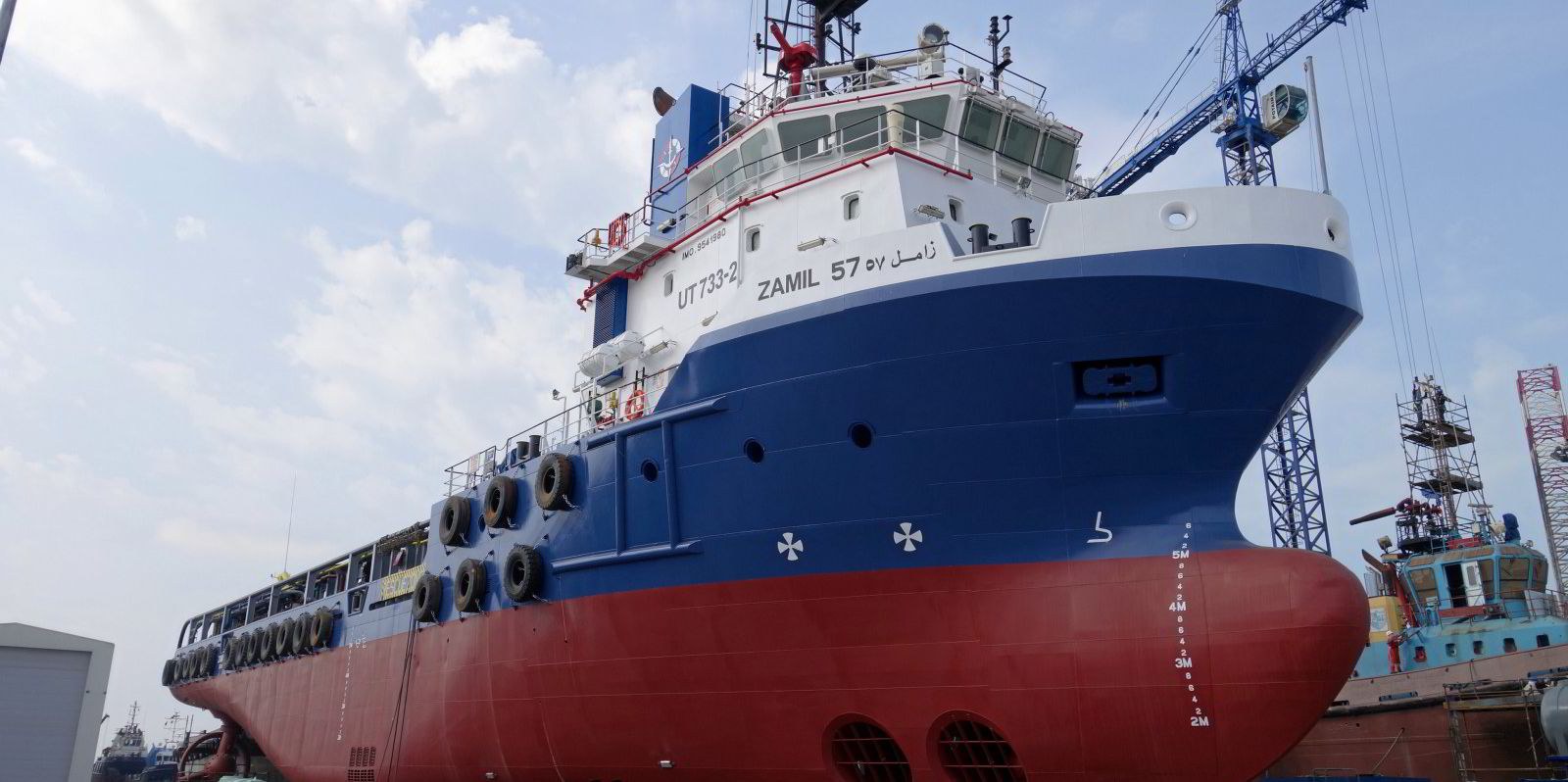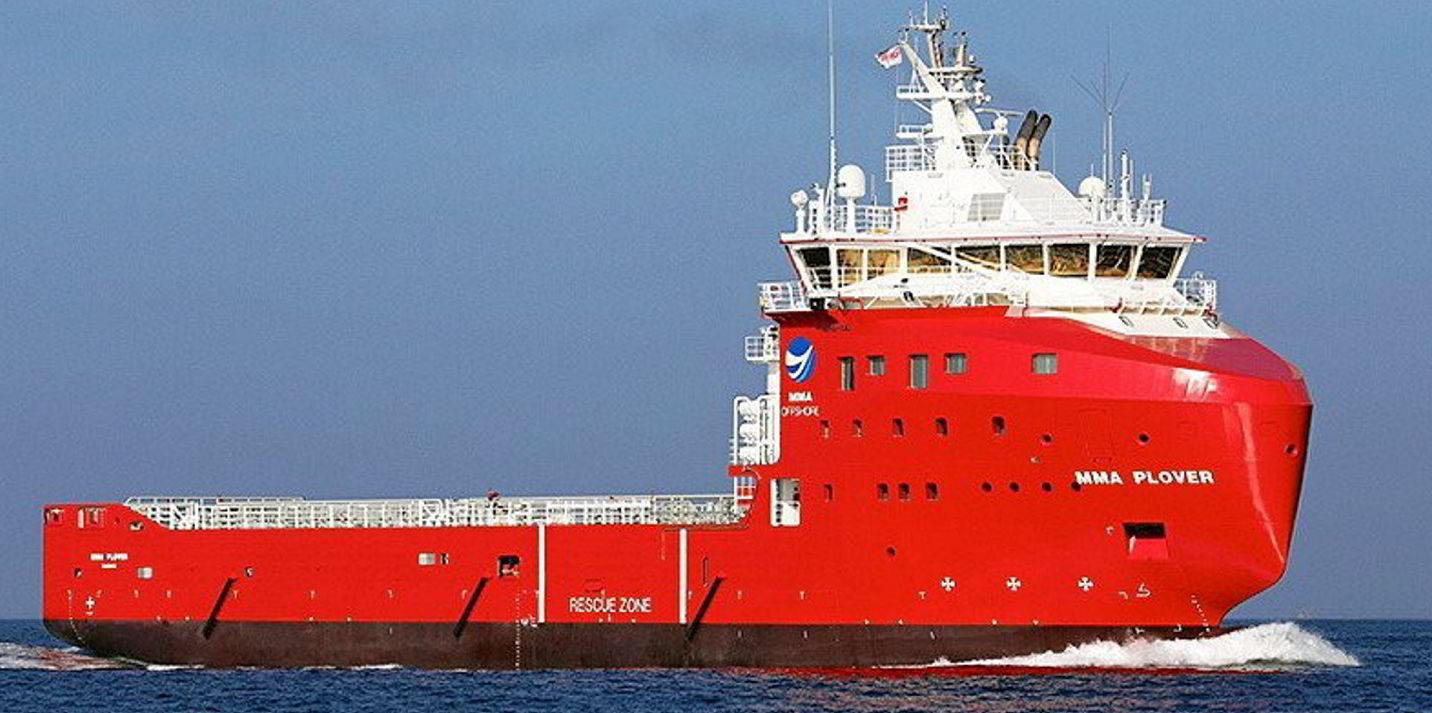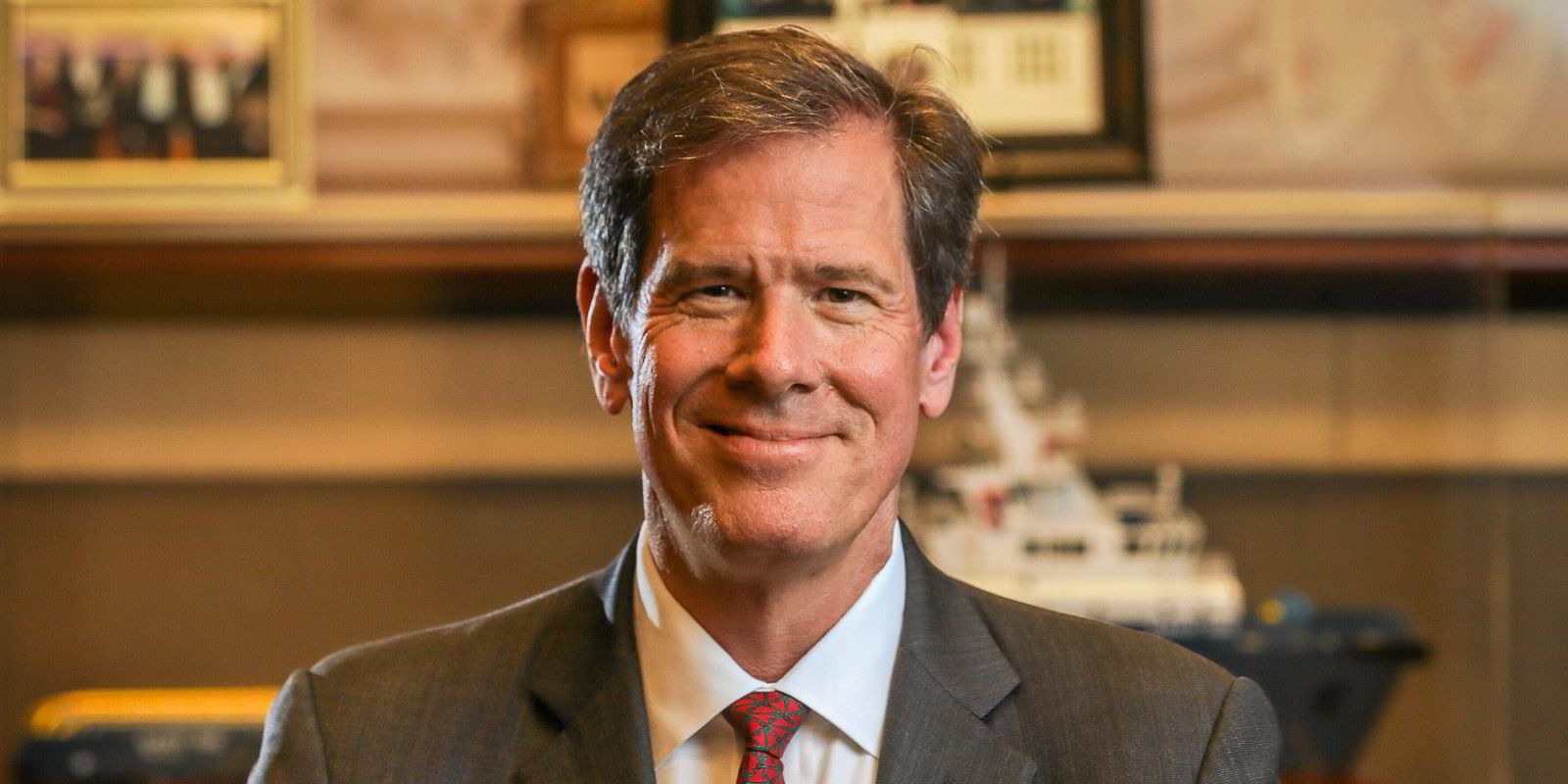Oil and gas exploration and production (E&P) spending has rebounded after Russia’s invasion of Ukraine in February put energy security at the top of the agenda as the vulnerabilities of available fossil reserves came to light.
Global demand for oil has returned to pre-Covid levels of about 100m barrels per day (bpd), which is exactly where supply is at.
“It is a very tight equation,” Fazel Fazelbhoy, chief executive of Dubai-based consultancy Synergy Offshore, told TradeWinds.
“The Middle East has reached a point where years of the lack of spending has finally shown up in terms of a lack of what I would call future fuel supply. Current oilfields are depleting at the rate of 6% to 12% per annum. It won’t be long before our current oil and gas reserves run short.
“I really believe that the Middle East offshore sector is on the cusp of the next supercycle,” he added, pointing to the many stalled offshore E&P projects in the region that have been revived in 2022.
Oil giant Saudi Aramco has announced it wants to raise production from 12m bpd to 15m bpd, while Abu Dhabi National Oil Co (Adnoc) wants to lift production from 4m bpd to 5m bpd by 2030.
Aramco said it will need to increase its offshore support vessel fleet from 300 to 450, and with about 30 new jack-up rig contracts being awarded this year, it has boosted its total contracted rig count close to 80.
Drydocks World in Dubai this year completed repair and upgrading projects on 20 rigs that had lain dormant for the past decade and has 25 more in the pipeline for 2023. Each rig that is put into service requires support from three to five dedicated OSVs.
In July, Adnoc announced it had awarded drilling contracts worth $2bn for its offshore Hail and Ghasha Development Project. It awarded a $681m offshore logistics and marine services support contract to its shipping arm, Adnoc Logistics & Services, which had just acquired Zakher Marine International, an Abu Dhabi owner of 24 jack-up barges and 38 OSVs.

“Today, the construction side of the OSV market, your tugs, barges and landing craft, they’re working flat out,” Fazelbhoy said. “There’s over 90% utilisation, if not 100% in some categories.”
On the oilfield services side of the OSV sector, utilisation levels for the active fleet are between 85% and 90%. OSV operators are steadily returning laid-up vessels to service, as oil majors, expecting a potential OSV supply shortage, rush to fix vessels in an effort to ensure future capacity.
So far, according to Fazelbhoy, that has not resulted in any substantial increase in OSV rates.
“Typically, you require 85% utilisation before the needle starts going up on rates,” he said. “We’ve been at 85% utilisation for the active fleet but we still have a significant number of vessels in lay-up that will first come back before the rates go up.”
Fazelbhoy expects it will take up to six months for the excess of laid-up vessels to be absorbed into the operational fleet. Then, he believes, the market will get much hotter as there is no further pipeline of vessel supply.
“No one has spent in the industry for the last eight years,” he said. “No new vessels have been built, certainly not in the OSV sector.
“Shipyards today are completely engaged in other sectors of shipping. There’s no room for smaller OSVs to be built. Many of their builders have gone out of business, many of them have been merged.”
Furthermore, Fazelbhoy noted that there is still a strong aversion to offshore in the investor and lender markets.
“There has long been an exodus from the OSV sector,” he said. “Few companies or financial institutions are willing to jump in. This will change in time, but only if there is an opportunity backed by the security of a long-term contract. But at this point, they’re not there. Not too many five-year contracts are being issued for vessels to be delivered in two years.”
Speculative building, he added, remains “out of the question”.





